Brickmold vs No Brickmold Door – Which One is Better?
One of the appalling tasks one considers in house renovations is going for a brickmold vs no brickmold door. Indeed, doors with a brick mold prove to be more durable against elements and damage, especially ... Read more The post Brickmold vs No Brickmold Door – Which One is Better? appeared first on Arthitectural.
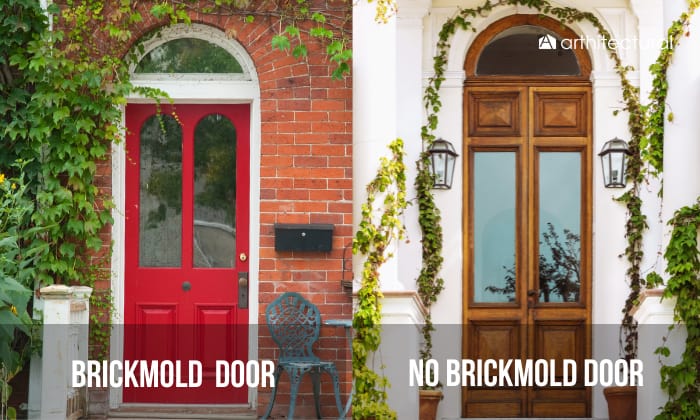

One of the appalling tasks one considers in house renovations is going for a brickmold vs no brickmold door. Indeed, doors with a brick mold prove to be more durable against elements and damage, especially for the front door.
Check out the below to determine if the advantages of having brickmold on your front doors and room doors outweigh the hassle of installing one.
Read on to know the pros and cons of each decision.
| Difference | Brickmold on doors | No brickmold on doors |
| Cost | Cost-effective in long term | Cheaper innital cost |
| Maintenance | Requires regular but limited maintenance | Vulnerable to weathering |
| Durability | Good protection against weathering and tear | No protection the front doors |
| Aesthetics | Customizable to match many styles | Contemporary, simple and sleek |
What is a Brickmold?
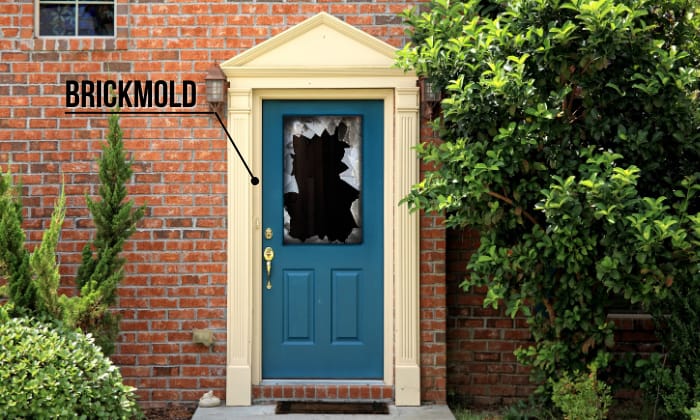
Brickmold (or brickmould) is a protective case made of either wood or PVC that strengthens exterior doors.
Not only does a front door brick molding provide security, but it can also enhance the aesthetic appeal of the façade of the house.
Further, it is essential to note that in most pre-hung exterior doors and patio doors, brick molds are already installed together.
Common Types of Brickmold
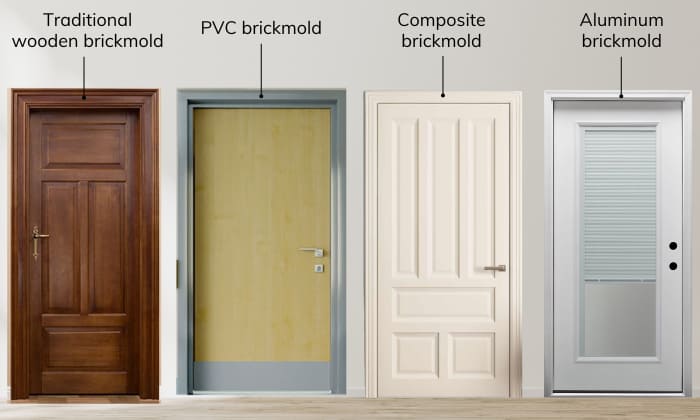
Listed below are four of the most common types of brick mold used at homes.
- Traditional wooden brickmold – This kind of brickmold, often rectangular in shape, is the most common and straightforward. It looks simple and elegant, perfect for those who prefer traditional-looking houses.
- PVC brickmold – Brickmold made of PVC (polyvinyl chloride) is a long-lasting and low-maintenance material. It is perfect in moist or humid climates as it is impervious to moisture, insect infestation, and decay. It can be painted to resemble wooden patterns, depending on the enhancement of the design.
- Composite brickmold – This brickmold is a poly fiber product that has the durability of wood, however, just like PVC, this type won’t rot and is impervious to insect infestation.
- Aluminum brickmold – Since aluminum brickmold is compact and corrosion-resistant, it is an excellent option for coastal areas or places that experience severe weather. It frequently works with an aluminum exterior door.
Pros & Cons of Installing Brickmold to Your Doors
- Protection against weather conditions
Installing a brickmold on an exterior door assists in caulking the opening between the door frame and the outer wall, keeping pests, moisture, and draughts out of the house.
- Aesthetics
This boils down to the preference of the house owners. Brick molds can enhance the façade of the exterior door, making it look sleek and polished.
- Customizable
Brickmold exterior doors are customizable, adhering to the overall look of the house. We can have them made in any color to show unique sensibility.
- Maintenance
Much like any other molds and trimmings, brick mold involves maintenance to prolong its aesthetics and durability.
- Space Consideration
Before putting up this enhancement, consider the space in your entrance area. Brick molds may take up space as it make the door frame thicker, limiting the area for curtains and other additional home decorations.
- High Cost
The installation cost of brick mold will indeed be higher than a door without one. A door casing of good quality might set you back $150 to $250 per door, and even more, if you want a customized one.
Pros & Cons of No Brickmold on Doors
- Modern-looking aesthetics
Doors without brickmold often look sleek and modern, placing harmony in the house’s overall appearance.
- More space
Brick molds might take much space, thus not ideal if your front part is rather small. Therefore, without one, you can use the front space for decorations.
- Cleaning-efficient
Without a brick molding around doors, it is easier to clean the house since there are fewer crevices where the dust can quickly settle in.
- Lower initial cost
You can save money and labor to install a brick mold for doors in your house.
- Vulnerability to harmful factors
Brickmold fills the space between the door frame and the outer wall and acts as a weather-resistant barrier. If missing, there may be a higher chance of draughts, moisture infiltration, and possible damage to the door and nearby structures.
Indeed, doors without brickmold are more prone to harmful external factors that may shorten the door’s lifespan.
Is Adding Brickmold to Your Door a Good Idea?
In many circumstances, adding brick mold to your door can be a smart move. Still, in the end, it all comes down to your unique requirements and aesthetic preferences. Here are some additional points to consider:
1. Installation
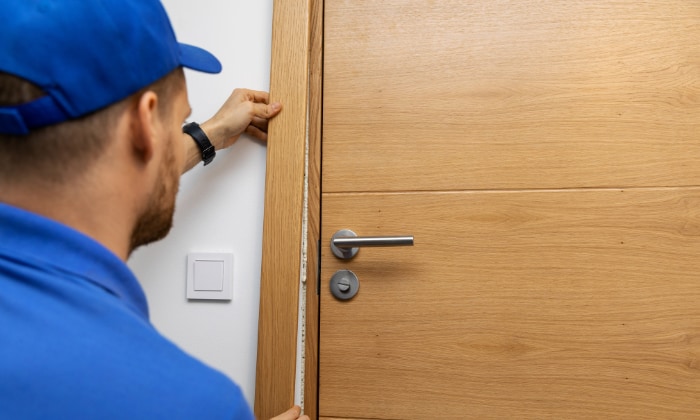
The complexity of installing a brickmold on a door can differ based on your expertise level and project’s particulars.
Suppose you are someone with little to no woodworking experience. In that case, it is better to seek professional help from carpenters and others.
2. Expenses
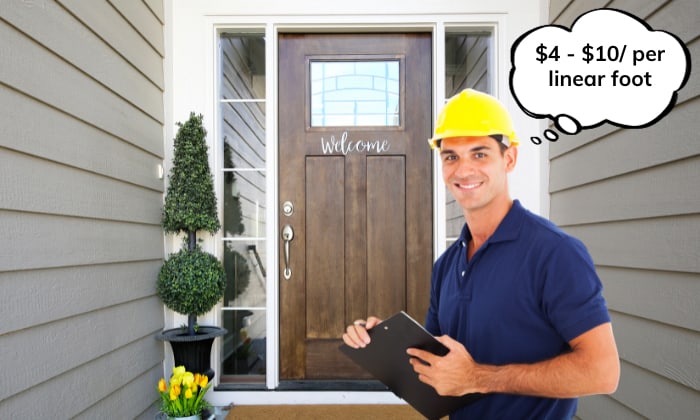
It’s crucial to remember that the overall cost of adding brick mold to your door will depend not only on the material but also on the length of trim required, any extra installation materials, and labor expenses if you hire a professional to do the job.
Typically, classic wood brickmould constructed from softwood species like pine or fir is the most affordable choice. For outside door trim, these are frequently the least expensive option.
Further, if you want a more durable option and are not scared of spending more, solid hardwood brick mold made of oak or mahogany is the perfect option, ranging from $4 to $10 dollars per linear foot.
3. Durability
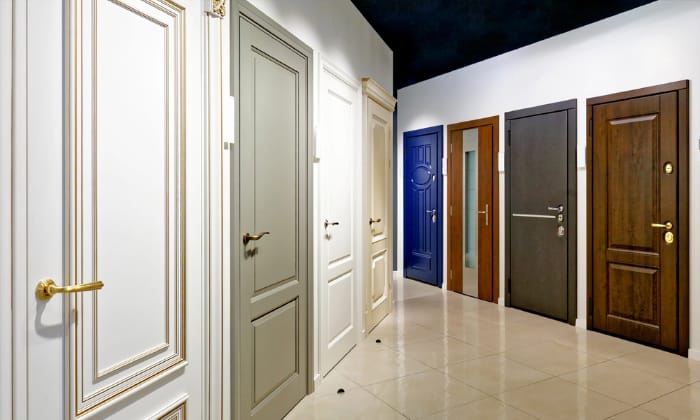
The cheapest but the most durable option is the PVC brick mold, which offers high resistance to decay, rotting, insect infestation, and other harmful factors.
However, other durable options are on the more expensive side. Brick molds made of aluminum-clad, fiberglass, and solid hardwood are all engineered for durability and longevity.
Conclusion
In conclusion, choosing brickmold vs no brickmold door depends on your requirements and aesthetic preferences.
It has both practical advantages—like weather protection—and aesthetic perks. Still, it also needs upkeep and might not go with every design taste of the homeowners.
The bottom-line question will always be: Is this mainly to enhance the security and durability of the doors or to improve the overall aesthetics of the abode?
The post Brickmold vs No Brickmold Door – Which One is Better? appeared first on Arthitectural.
